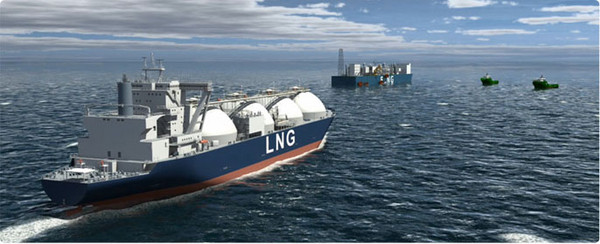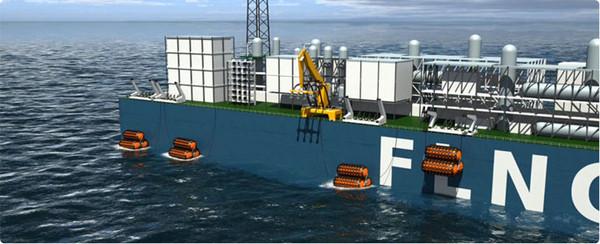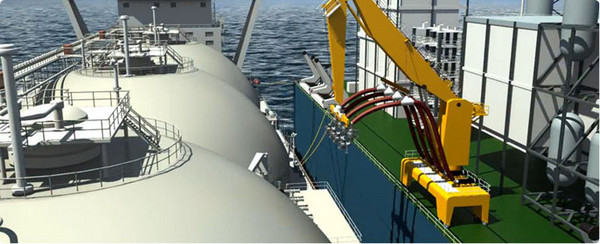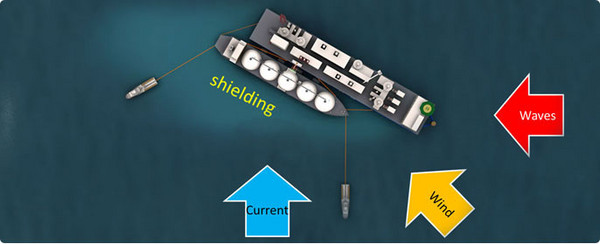Reference Project – Oil & Gas
Liquid Gases - LNG, LPG, CNG, Methanol, LH2
SOTLL - Sideways Offshore Transfer of LNG and LPG – Germany
Project Facts
Client
Federal Ministry for Economic Affairs and Technology (BMWi)
Project Location
Germany
IMPaC’s Services
8,000 hours
Investment
0.8 million EUR
Year
09/2011 - 02/2014
IMPaC’s Scope
Integrated project development
Design and engineering
Motion and mooring analysis
Project management
Supervision of model tests (in co-operation with partner TU Berlin)
Project Characteristics
The SOTLL Project (Sideways Offshore Transfer of LNG and LPG) is funded by the German Ministry BMWi and is carried out in co-operation with Nexans Germany, Brugg Pipesystems and the Technical University of Berlin.
The side-by-side concept for LNG and LPG transfer in open sea conditions closes the gap between expensive tandem on- or offloading in harsh environments and transfer with rigid loading arms, which can only take place in ports, bays or other sheltered waters. The transfer system can be used for floating LNG production (FLNG) as well as for regasification units (FSRU).
By an innovative turret mooring the FLNG can weathervane, allowing to passively move to an angle of up to 30 degrees to the incoming waves. Thus, a sheltered area is created behind the terminal to accommodate the LNG Carrier (LNGC) for the duration of cargo transfer and to reduce the relative motions between the FLNG and the LNGC. An adaptive fendering system allows the LNGC to berth at the optimum position depending on ship size and weather conditions. Thereby the gap between the two vessels can be varied between 4 and 10 m and the longitudinal position in a range of 120 m.
The pipe handling system features a header that carries up to 4 flexible pipes simultaneously. Therefore the connection procedure is shortened and simplified enormously in comparison to rigid loading arms or single transfer hoses. For coupling of the transfer pipes to the LNGC midship manifold standard Quick Connect/Disconnect Couplers (QCDCs) and Emergency Release Couplers (ERCs) are used. Due to the leeward side berthing of the LNGC to the terminal and the use of ERCs a quick and safe uncoupling and unberthing is possible in an emergency case.
For further information see relevant publications in our download section.







